Last Updated
Sargassum seaweed is becoming an increasingly common sight across the Caribbean, including in the Dominican Republic, and this year, things are about to get a lot worse, at least according to the latest sargassum estimates.
The Dominican Republic is expected to see a record amount of the smelly seaweed wash up on its shores as temperatures gradually increase. Here’s everything travelers need to know about sargassum in the Dominican Republic this year.
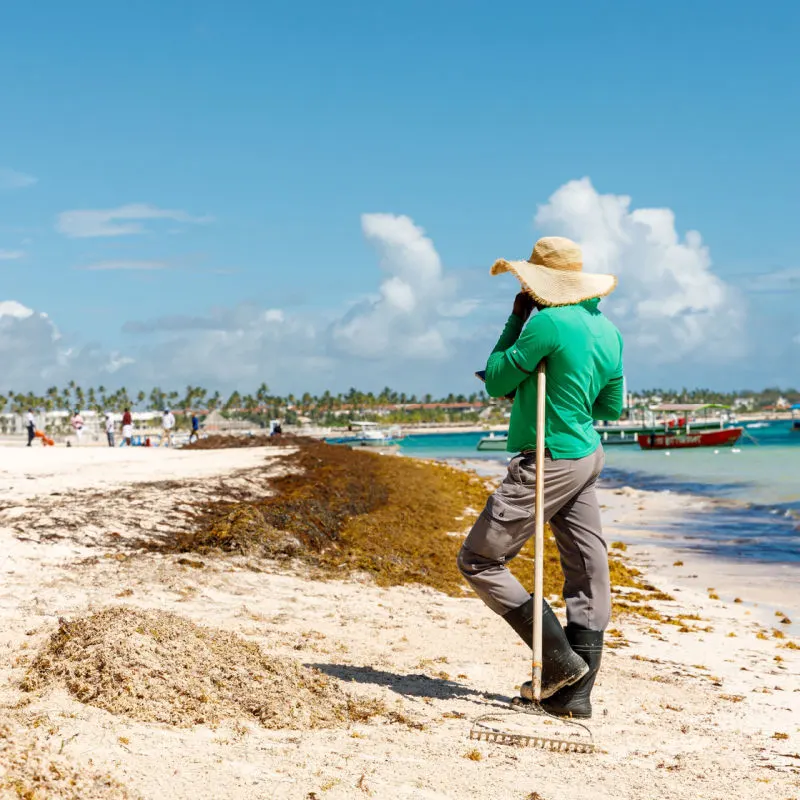
What Is Sargassum?
Sargassum is a naturally occurring algae that forms over the Atlantic ocean each year, typically starting in March.
Ocean currents carry the seaweed towards the Caribbean, where it washes up on the coastline of countries like the Dominican Republic and Mexico.
While harmless to humans, sargassum seaweed gives off an unpleasant odor as it decomposes and dries, making it a waste and sanitation issue for large coastal towns.
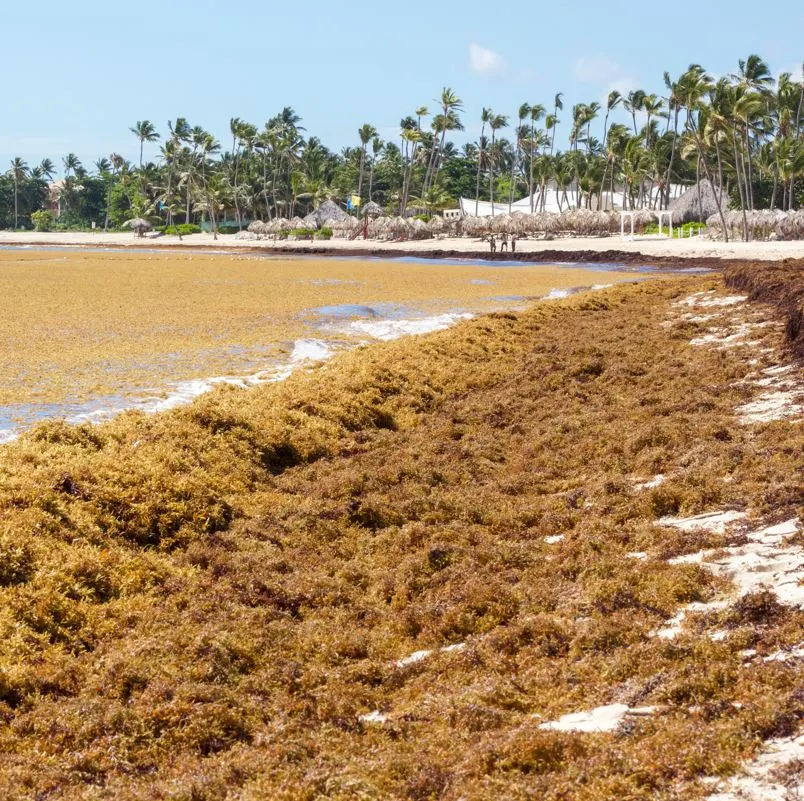
Resort destinations like Punta Cana, La Romana, and Puerto Plata are all taking measures to prevent massive sargassum patches from impacting local shores.
Despite higher anti-sargassum budgets being cleaner, officials have compared sargassum to an epidemic that escapes human control.
How Much Sargassum Will There Be In The Dominican Republic This Year?
According to the latest scientific estimates, the Dominican Republic is likely to see a record quantity of sargassum wash up on its coast in 2023.
Rising ocean temperatures are linked to higher sargassum levels, which are largely expected to be unprecedented this year.
Top 5 Travel Insurance Plans For 2023 Starting At $10 Per Week
Easily Earn Points For Free Travel
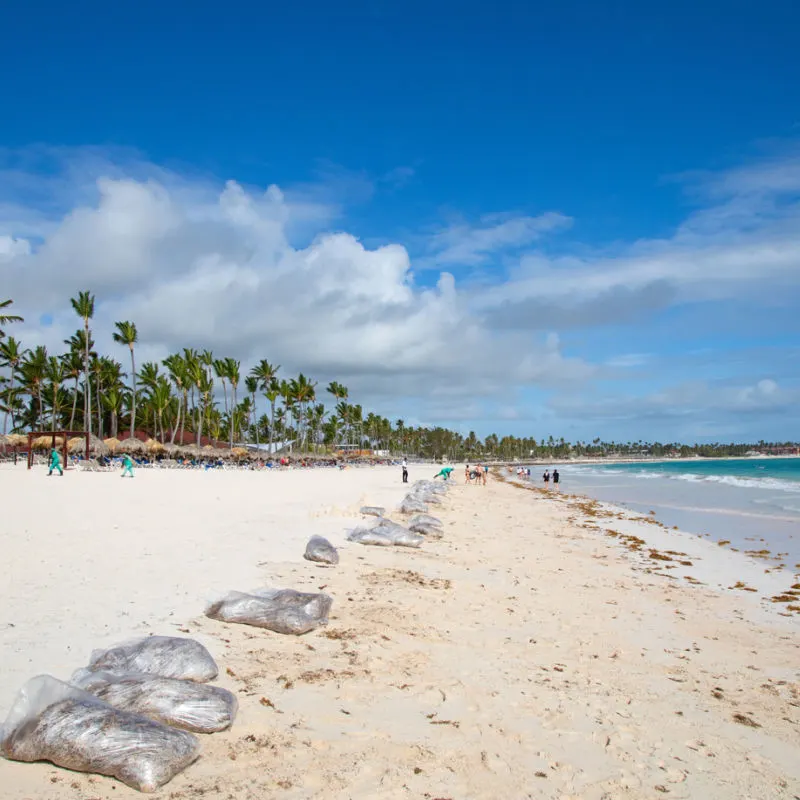
In a recent press statement by the Ministry for the Environment and Natural Resources, large quantities of sargassum are already visible in several parts of the Dominican Republic, including the eastern, northern, and southern provinces.
Authorities from several state institutions, as well as resorts and private businesses, are currently devising new anti-sargassum policies to prepare for the incoming seaweed season.
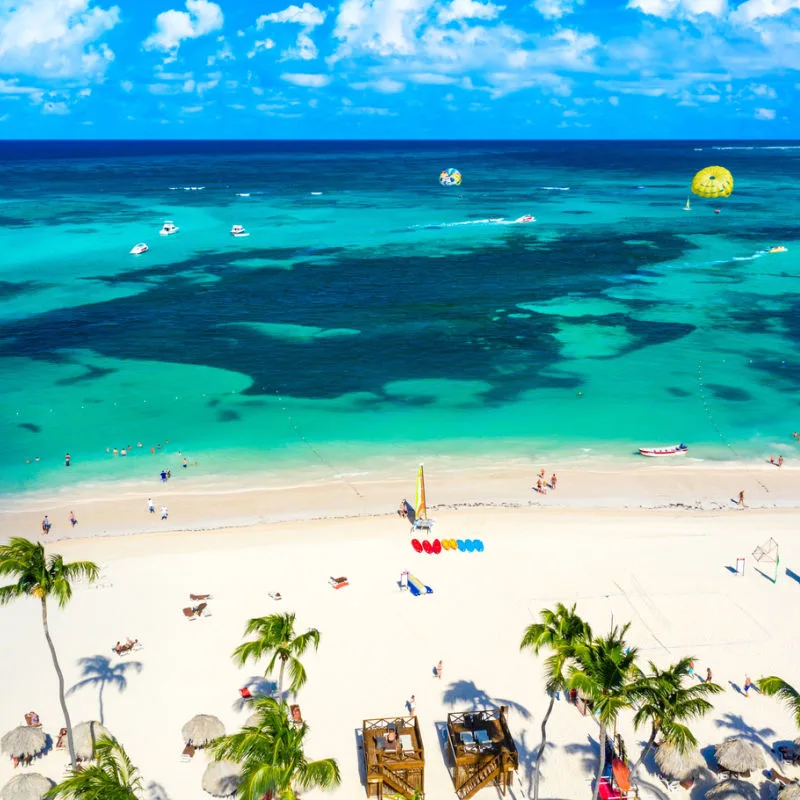
According to José Ramón Reyes, the vice minister for resources, the 2023 sargassum season is likely to be catastrophic to the Dominican Republic.
“We first noticed rising sargassum levels in 2018, with a further rise in 2020 estimated at around 60 thousand tons. This year, the Caribbean has already been hit by 15 thousand tons of sargassum,” the official said in a statement.
This Is The Sargassum Situation In Punta Cana
Punta Cana is by far the most popular resort destination in the Dominican Republic.
The coastal destination is also home to some of the world’s best white-sand beaches, including Bávaro, a 30-mile-long beach dotted with all-inclusive resorts.
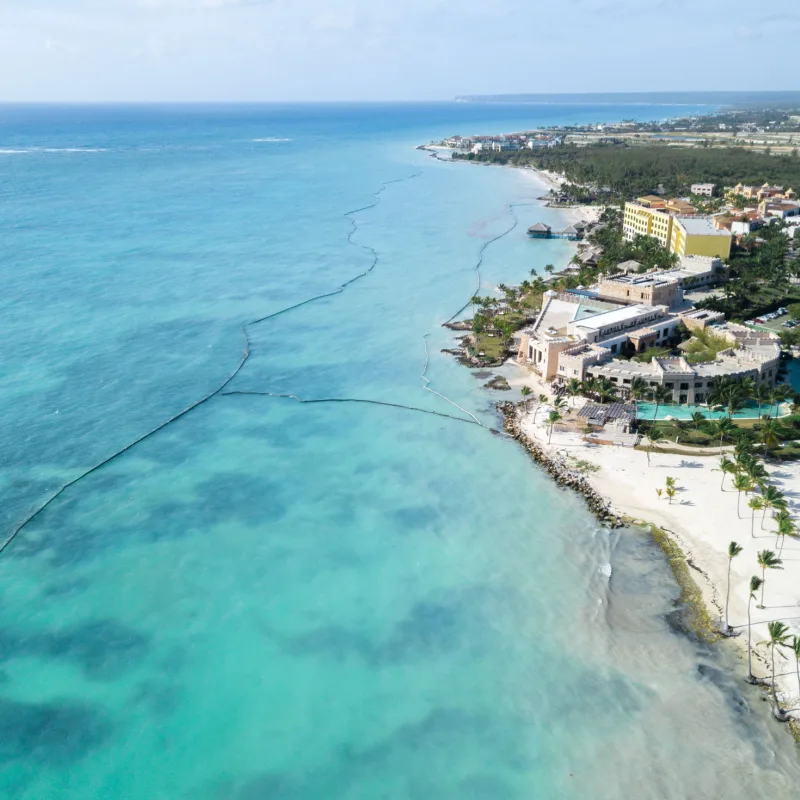
Punta Cana’s main beaches are currently reporting above-average sargassum levels, especially when compared to previous years.
The situation is likely to deteriorate over the coming months as the sargassum season officially kicks off.
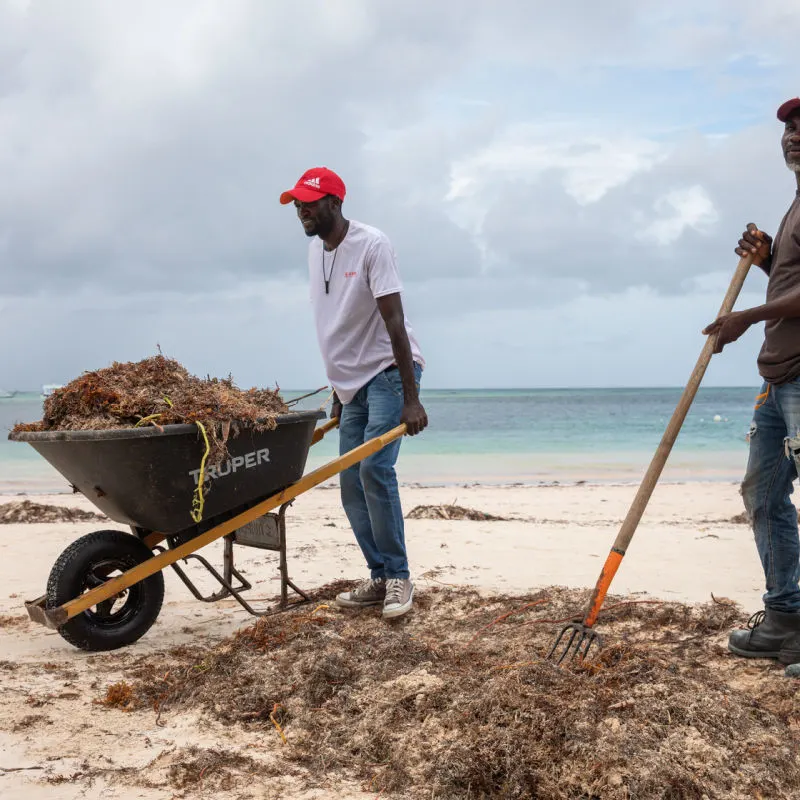
Beach areas in Bávaro, Uvero Alto, and Cap Cana rely on an extensive network of resort and city cleaners to clear beaches of sargassum.
Meanwhile, other more remote white-sand beaches are likely to see large accumulations of the smelly seaweed.
Travelers that want to avoid their vacation being ruined by sargassum should opt for central locations and popular beaches, which are regularly maintained.
There are several ways to enjoy crystal-clear turquoise waters in Punta Cana when beaches fill up with sargassum.
Travelers can opt for a day trip to Scape Park, a massive natural freshwater lagoon and cave system. Perfect for swimming, snorkelling, and other outdoor adventures, the area is a popular choice for day trips.
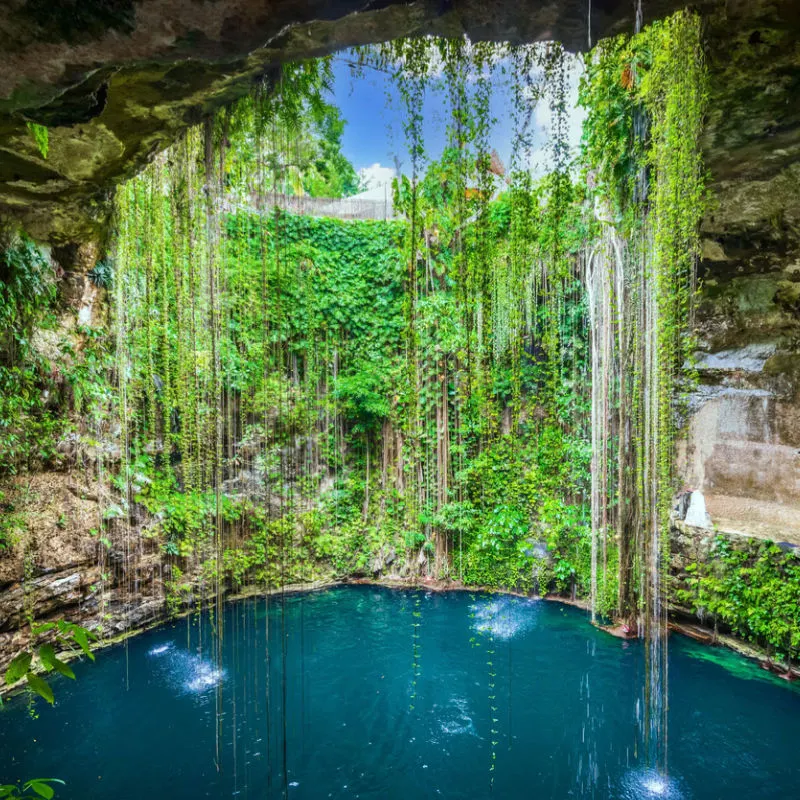
Visitors can also opt for the Indigenous Eyes Ecological Reserve, where they can find several stunning cenotes and endless tropical flora.
With over 1500 acres of tropical wilderness to explore, the attraction has become one of the most popular alternatives to Punta Cana’s beaches.
Plan Your Next Dominican Republic Vacation:
Traveler Alert: Don’t Forget Travel Insurance For Your Next Trip!
Choose From Thousands of Dominican Republic Hotels, Resorts and Hostels with Free Cancellation On Most Properties
↓ Join the community ↓

Subscribe to our Latest Posts
Enter your email address to subscribe to Dominican Republic Sun’s latest breaking news affecting travelers, straight to your inbox.

Billy
Wednesday 29th of March 2023
The pictured cenote is Ik Kiil in Mexico not the D.R.